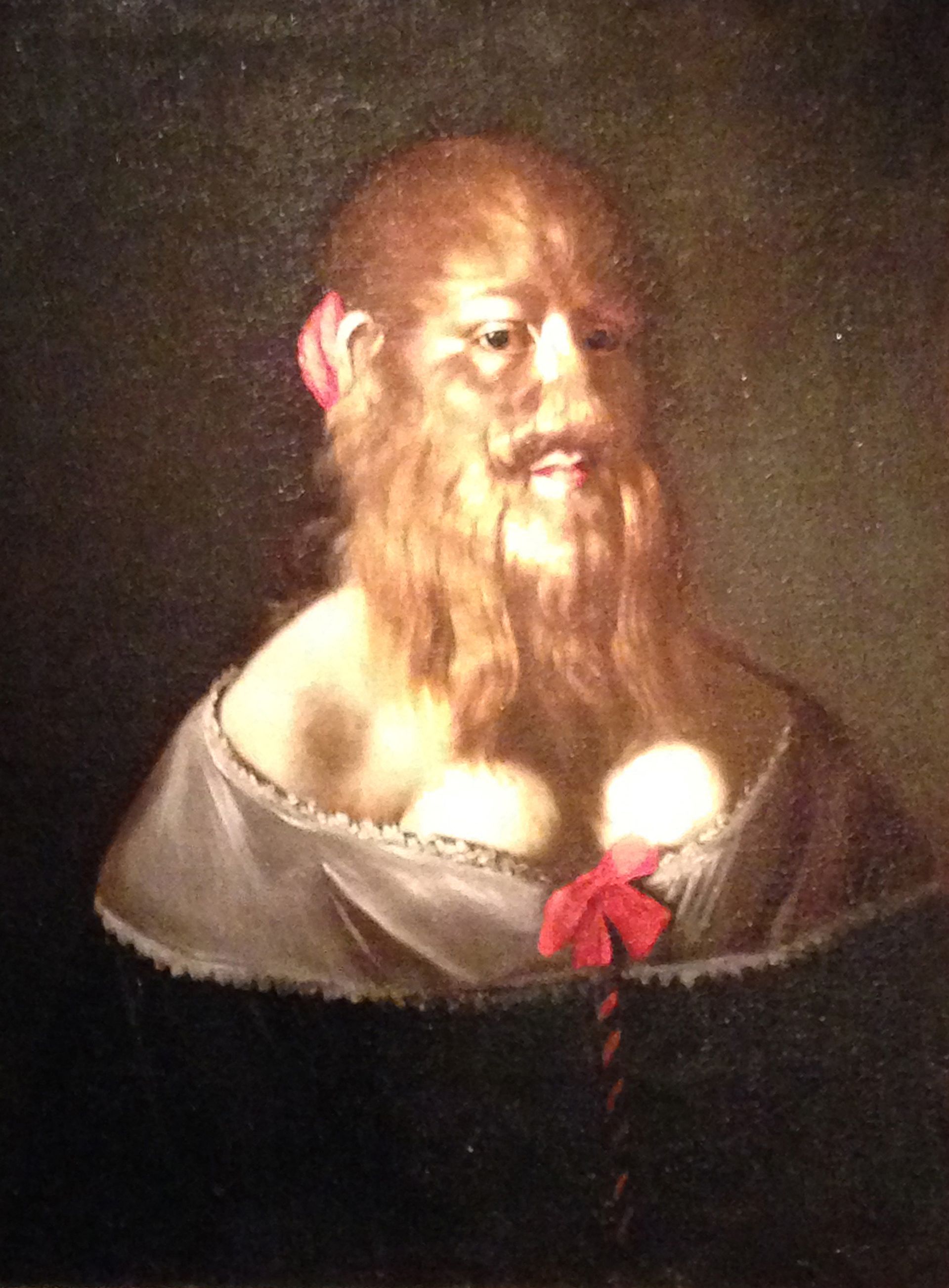Les Chaumes en Guidel, a striking picture painted in 1891 by Paul Gauguin’s protégé Henry Moret, would not have been on show at previous editions of Paris Tableau. For the fifth edition of the Old Masters fair, which opened yesterday, 11 November, and runs until 15 November, organisers extended the cut-off date of works on display from 1850 to 1900. This gave existing exhibitors a chance to show some of their important later stock and opened the door to galleries that are new to the fair this year.
The painting by the Pont-Aven school artist, who studied under Jean Léon Gérôme before meeting Gauguin in the late 1880s, is on sale for €550,000 at the stand of the French 19th- and 20th-century dealers Stoppenbach & Delestre of London. Robert Stoppenbach calls the recently rediscovered picture of labourers in the Brittany countryside as “probably one of the artist’s most important paintings”. The gallery, which also has at least three works by the French landscape painter Eugène Boudin, is making its debut at Paris Tableau. “We fell in perfectly with the organisers desire to expand the dateline,” Stoppenbach says. “We do the Biennale des Antiquaires every two years so it is nice to be able to do something here in between,” he says.

Another gallery new to the fair is Zurich’s Art Cuéllar-Nathan. Among the works it is showing is Gustave Courbet’s The Wave (1872-73), part of a series done by the artist in the late 1860s and early 1870s. Unlike his earlier, controversial works, this particular picture was done after he was imprisoned for six months in 1871 for his role in the Paris Commune. “It’s a wonderful painting and the red sky makes it very rare,” says Arturo Cuéllar. “And it’s both classical and revolutionary, and so fits the spirit of the fair,” he says. It is on sale for €900,000, which Cuéllar says is a bargain, given that Courbet’s Femme nue couchée (1862) sold for $15m at Christie’s “The Artist’s Muse” sale in New York on 9 November. The invitation to participate in the fair “took us by surprise”, says Cuéllar, adding that they are primarily known as a drawings dealers (the gallery regularly shows at the Salon du Dessin). “This is our presentation into society as paintings dealers,” he says.
Dealers returning to the fair are also showing later works, such as Agnew’s, which has a lovely self-portrait of the artist Emile Friant from 1880 (priced at £42,000). Old Master paintings, however, remain the core of Paris Tableau.

Carlo Virgilio of Rome sold a rediscovered portrait of a daughter of Pedro Gonzales, possibly Antoinette (around 1610-30), during the VIP opening on 10 November. Gonzales, who suffered from hypertrichosis—a genetic condition that causes excessive hair growth—was a court favourite of Henri II of France and Alexander Farnese, the Duke of Parma. “This rediscovered image is iconic. We expect it to be famous in the future,” says the gallery’s Stefano Grandesso. “It’s more than a picture of a person with a rare condition. It’s a real portrait with intensity,” he says. The work has been attributed to the school of Naples.
Another rediscovery can be found on the stand of the Paris-dealer Jacques Leegenhoek, one of Paris Tableau’s founding galleries. Aurora attempting to retain Cephalus (1627-30) is an early work by the famous portrait painter Philippe de Champaigne (1602-74), which comes from a private collection in Brussels. Cardinal Richelieu may have commissioned the scene from Ovid’s Metamorphosis for the ceiling of one of his estates. “It was done when De Champaigne was young and spontaneous and is in perfect condition,” says the gallery’s Nadine Fattouh. It is priced in the region of €350,000. “It’s a French painting by one of the best French painters so it makes sense to show it here.”

UPDATE: Paris Tableau closed two days early following the attacks in the French capital on Friday 13th.

